Historic Preservation Architecture
A Detroit Historic District Project by CBI Design Professionals
Detroit, a city steeped in history and distinctive neighborhoods, provides a unique canvas for architectural masterpieces. In this blog post, we’ll guide you through an inspirational journey where a client, supported by the architectural prowess of CBI Design Professionals, acquired a property in the historic Detroit neighborhood Indian Village, to be closer to their daughter and grandchildren. This venture not only rekindled family bonds but also led to a remarkable architectural endeavor.
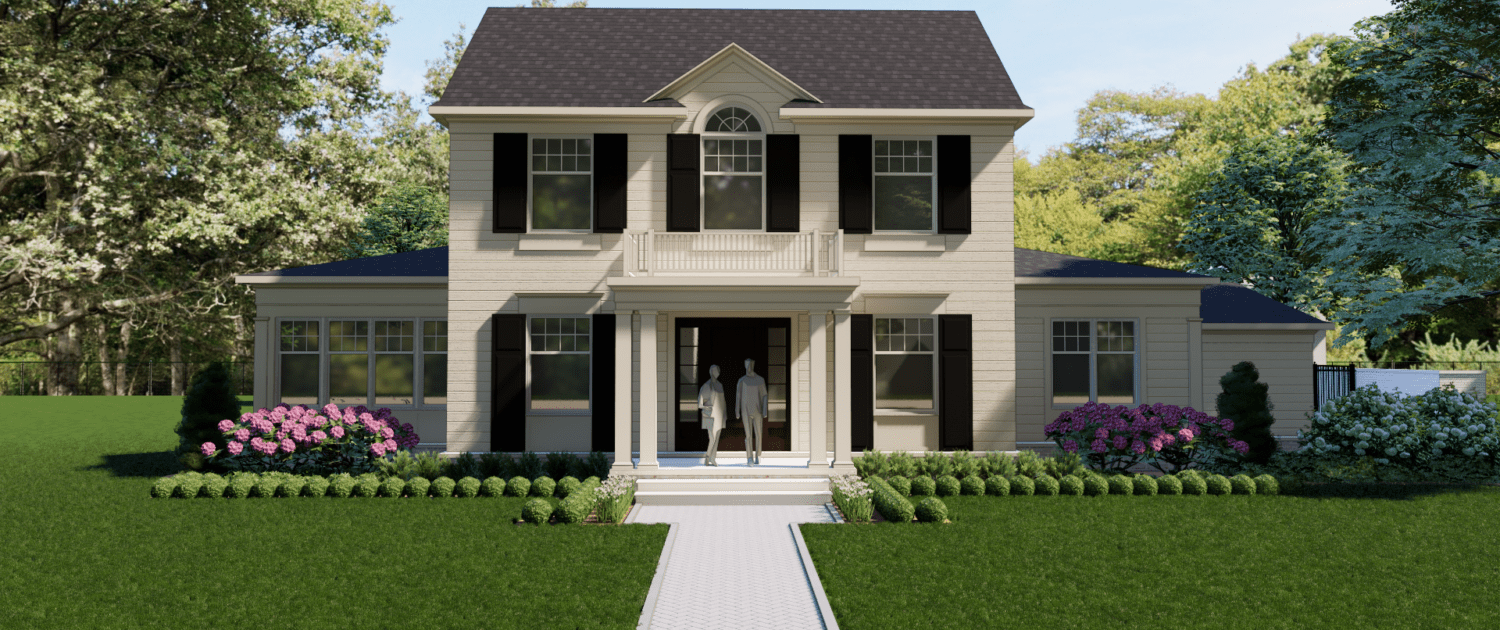
Navigating Historic Design Regulations
One of the principal challenges in reimagining a property in Detroit’s historic neighborhoods is navigating the stringent review and approval process overseen by the Historic District Commission (HDC). The HDC plays a pivotal role in preserving the city’s architectural heritage by ensuring that new constructions align with the district’s character and principles of design. These principles encompass elements such as height, proportion, rhythm, materials, colors, textures, and the scale of the façade, all of which are integral to preserving the historical integrity of these neighborhoods.
Materials, windows, height, and massing are all significant topics in HDC’s evaluation process. To meet these criteria, CBI Design Professionals conducted extensive massing studies to determine the height and volume of the proposed home concerning neighboring structures.

Balancing Tradition with Modern Needs
The client’s vision for their new home presented a unique challenge. They aspired to incorporate modern amenities, such as a first-floor primary suite and an attached garage, into the home’s design. These additions would significantly increase the overall footprint, a departure from the typical footprints in the neighborhood, which remain consistent from the first to the second floor.
To preserve the historical charm while accommodating the client’s needs, CBI Design Professionals made several strategic adjustments. First, they decided to remove the third garage bay and instead created a separate detached garage in the rear yard. This not only maintained the historical streetscape but also enhanced practicality.
Second, the roof design was meticulously reconfigured. The roofs on either side of the house were adjusted to emphasize the central massing, aligning with the rhythm and scale guidelines mandated by the HDC. This thoughtful approach allowed for a seamless integration of the new structure with the existing architectural landscape.

Preserving Community Heritage
An elm tree on the property held special significance for the community. The challenge was to preserve this tree while planning the driveway. Through careful consideration and a dedication to community preservation, CBI Design Professionals situated the driveway at a distance that protected the cherished elm tree, ensuring its continued place in the neighborhood’s historical tapestry.
The story of this Detroit property is more than just a narrative of architectural adaptation; it’s a heartwarming account of a family’s desire to be close to their loved ones while respecting the historical fabric of a community. With the guidance and innovative solutions provided by CBI Design Professionals, challenges were met with grace and ingenuity. This project exemplifies how modern living can seamlessly harmonize with the past, serving as a testament to the preservation of family bonds and the city’s rich history.
In Detroit’s historic districts, every brick and tree has a story to tell. With a deep respect for the past and a vision for the future, new chapters are authored, and history lives on – a testament to the creative partnership between the client and CBI Design Professionals.
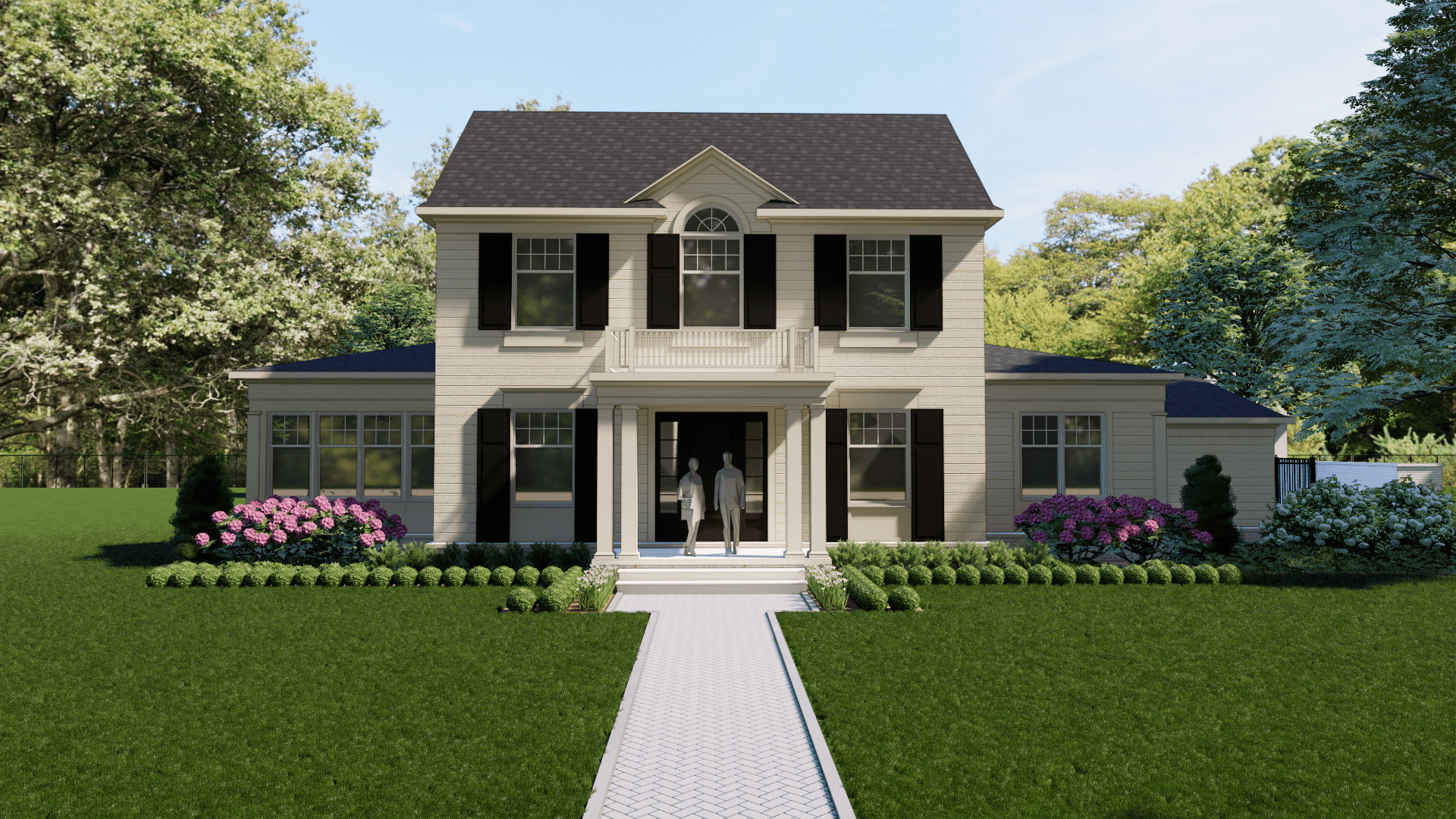
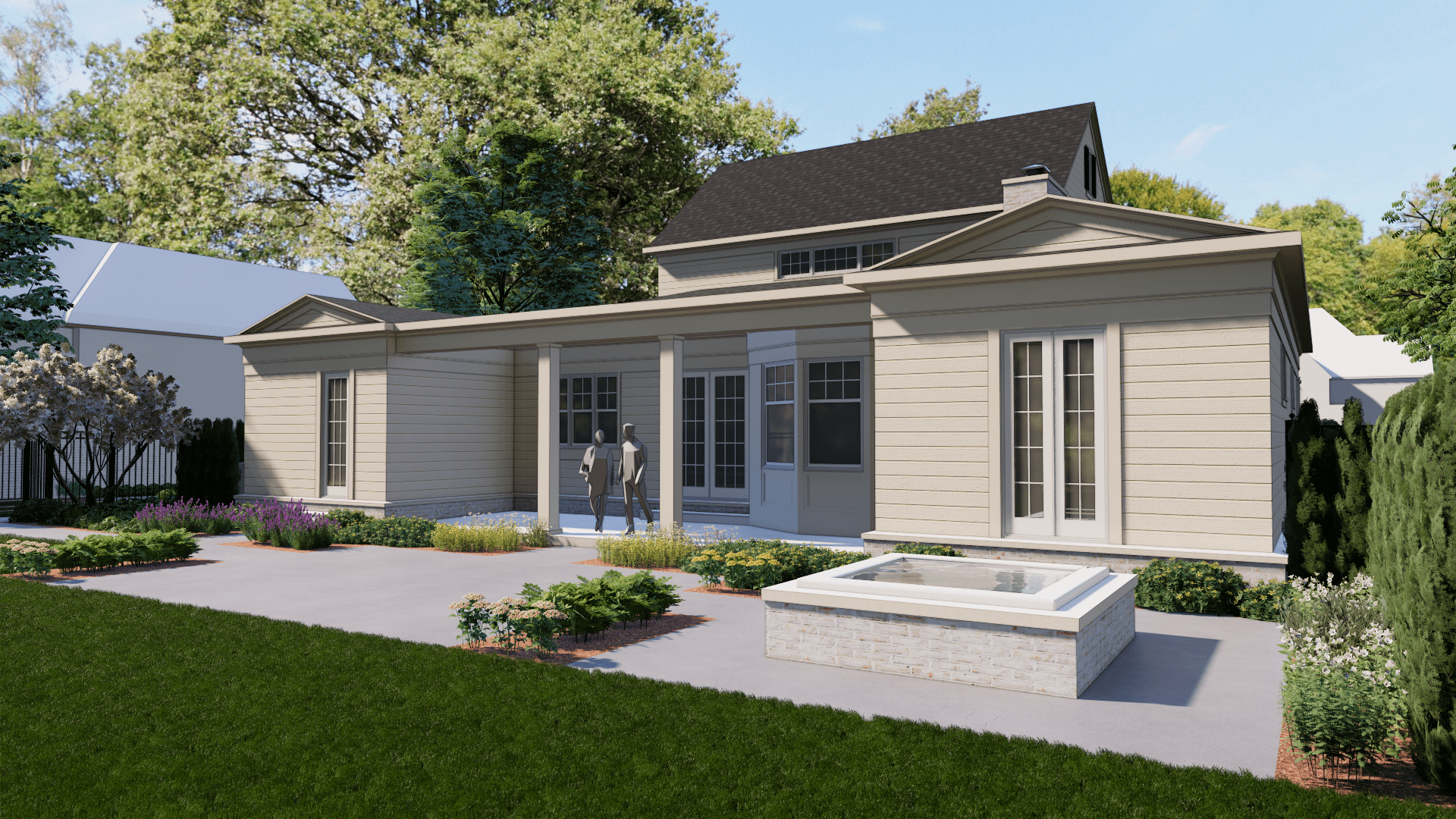
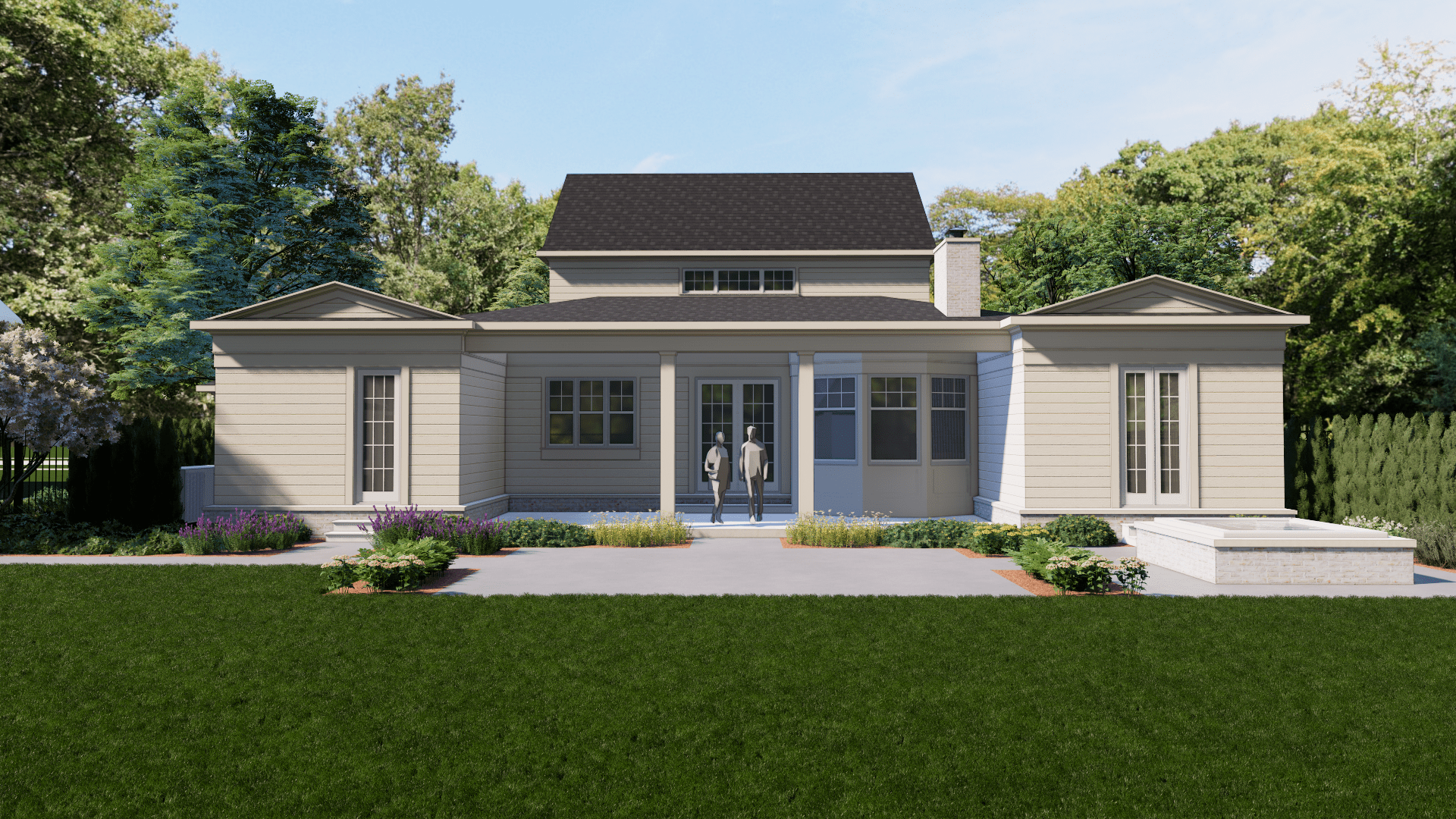
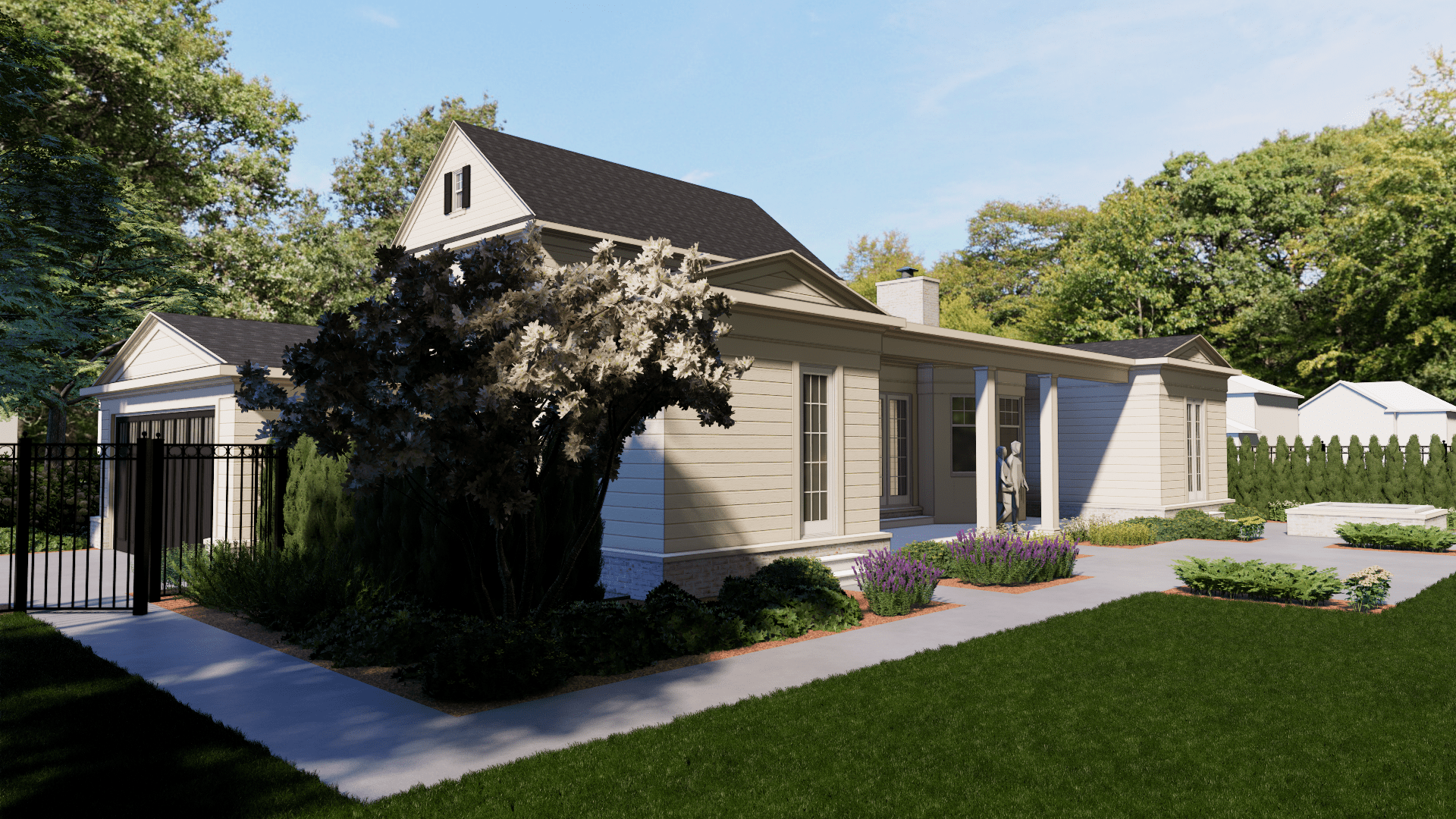
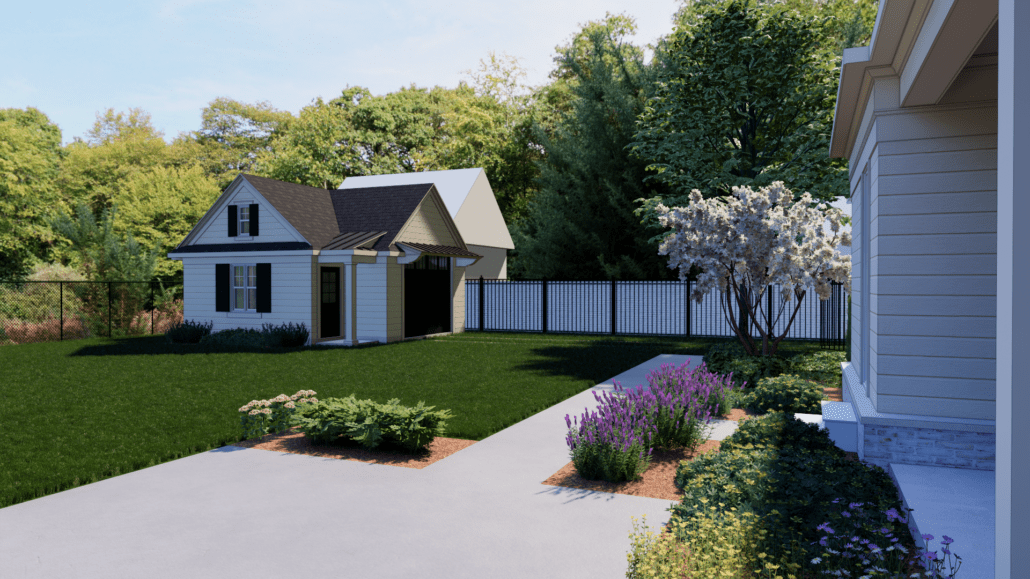
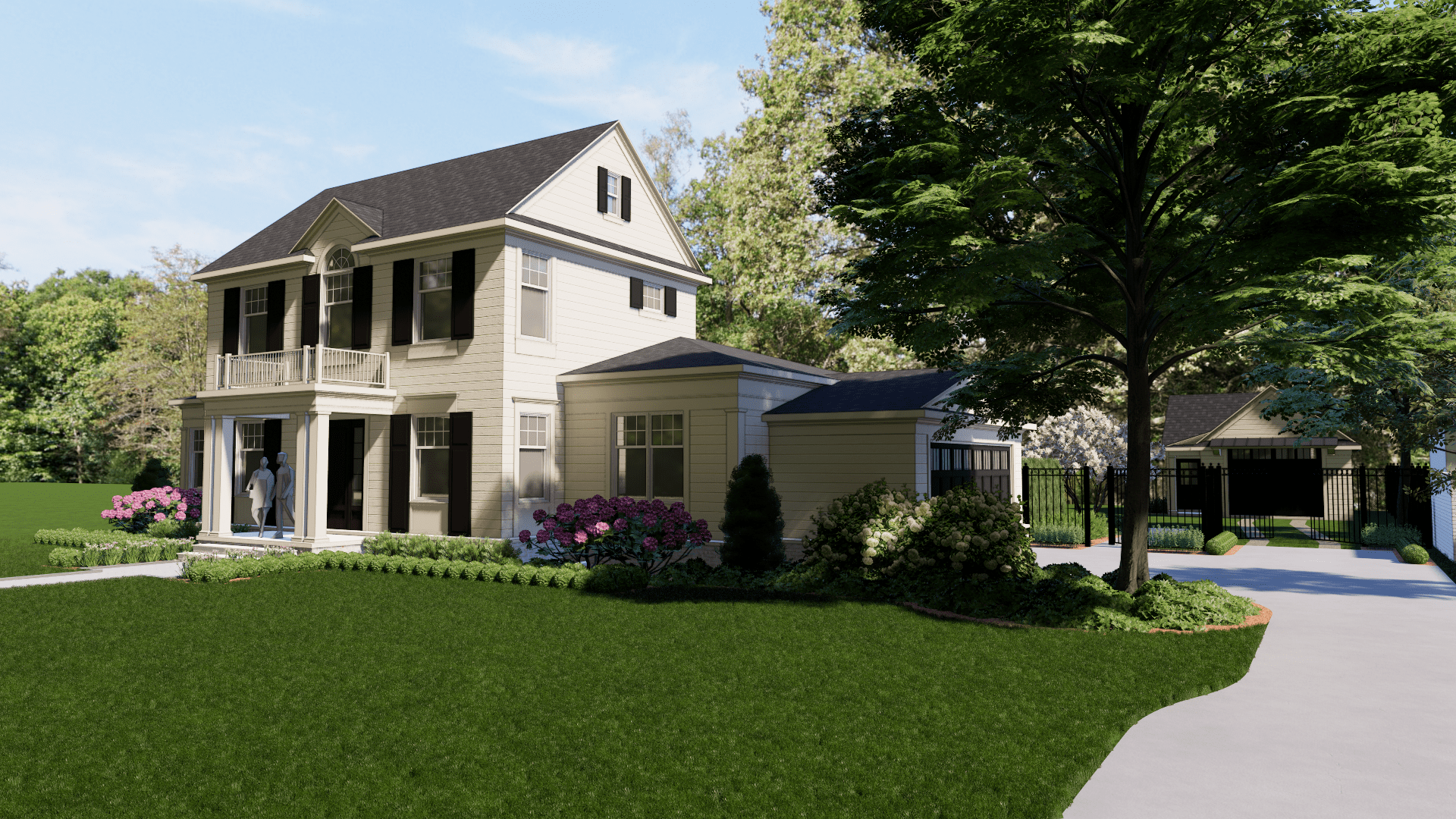


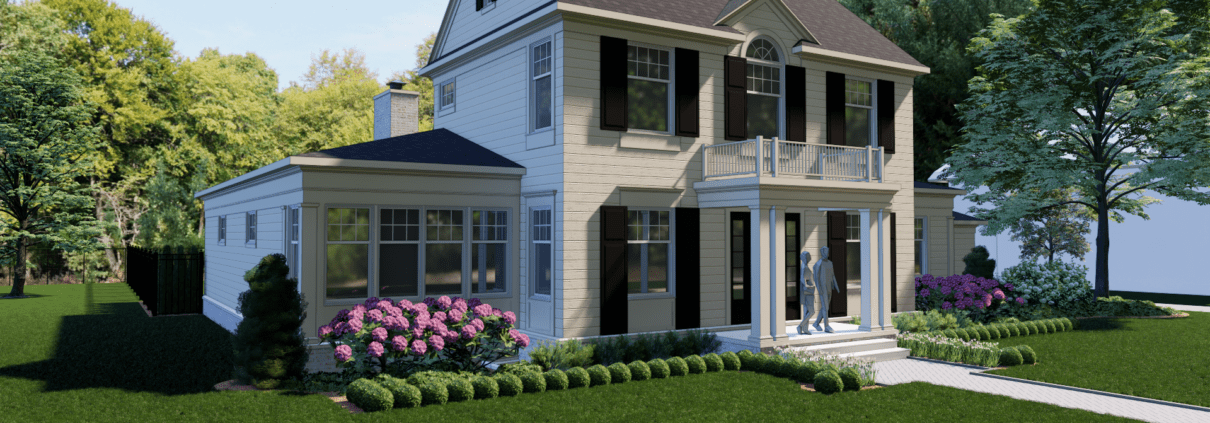


Leave a Reply
Want to join the discussion?Feel free to contribute!